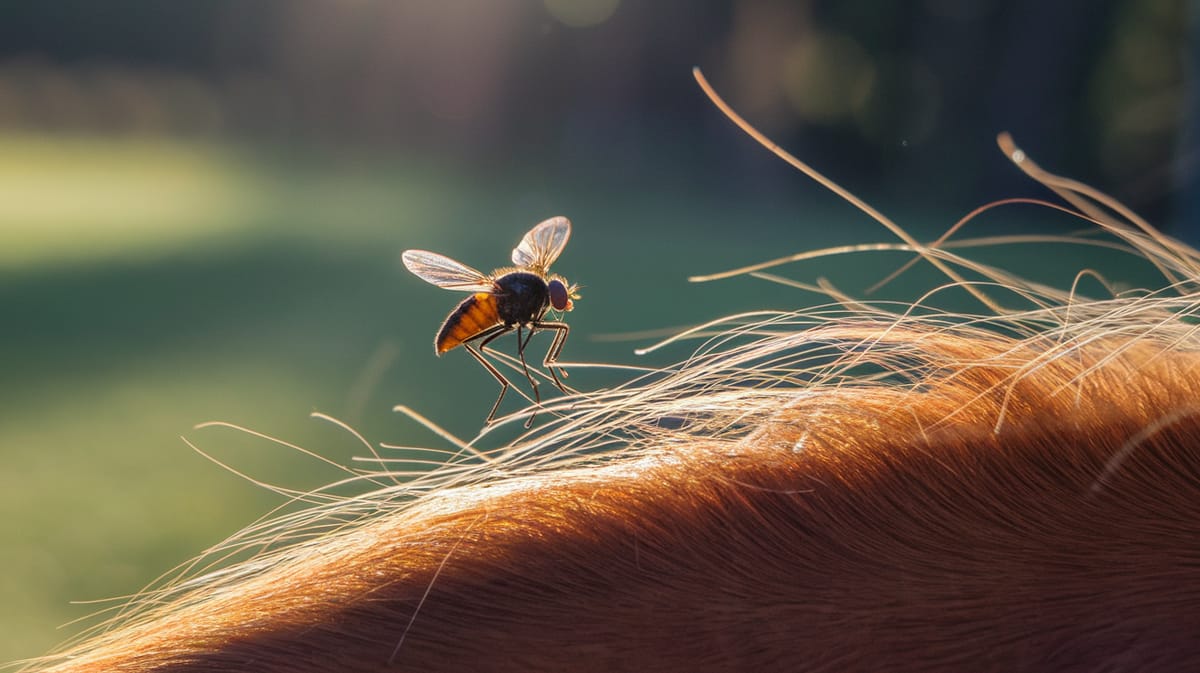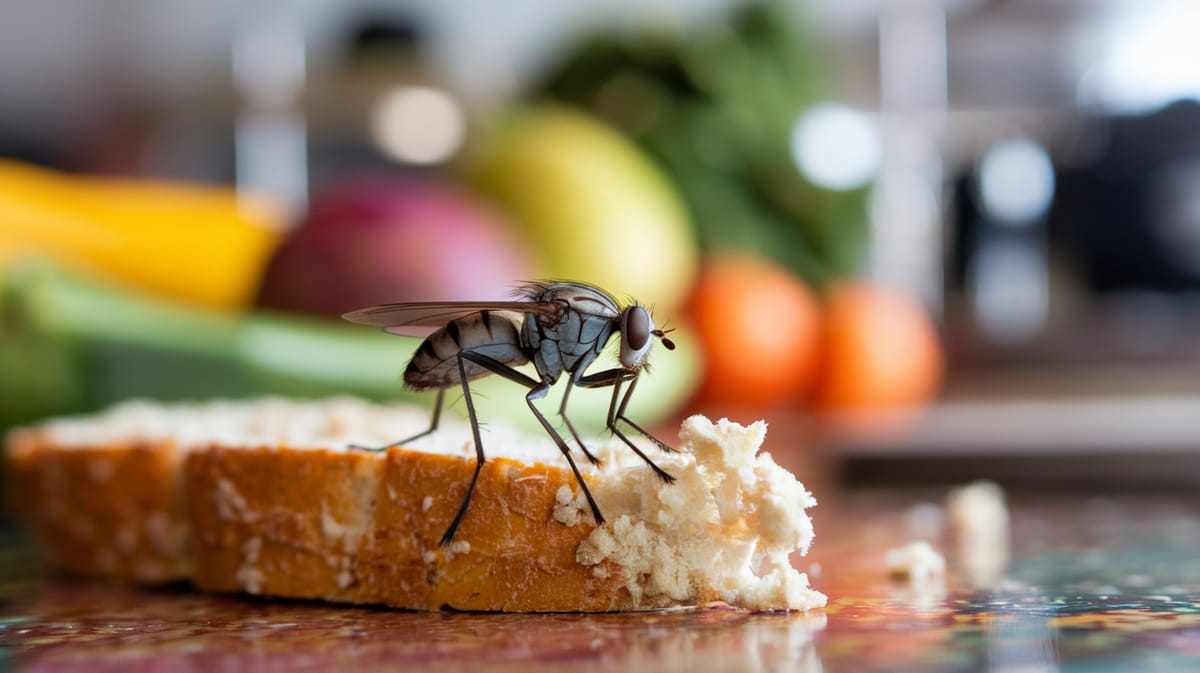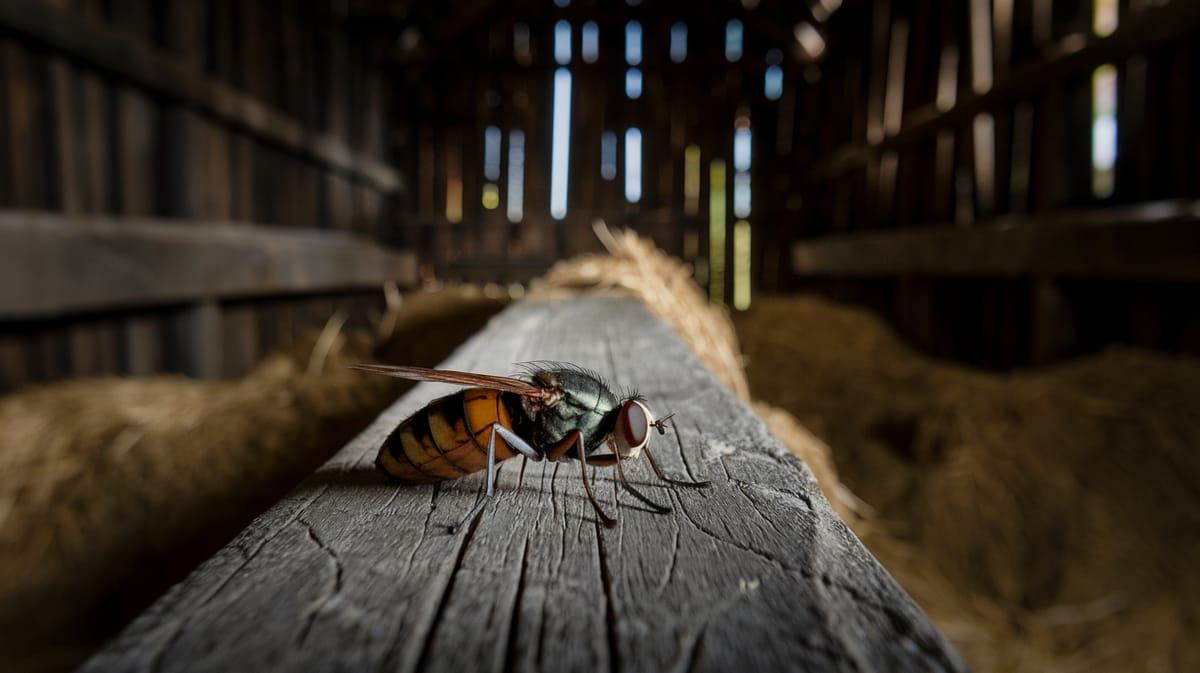Louse Fly
Adapted for a parasitic lifestyle, the Louse Fly thrives on warm-blooded hosts, showcasing remarkable resilience and adaptability. Its flattened body and strong claws aid in clinging to fur or feathers.

Key Insights at a Glance
Did You Know?
Taxonomy & Classification
Louse flies exhibit unique parasitic adaptations, such as wing reduction and specialized claws, enabling them to thrive as blood-feeding ectoparasites on birds and mammals. Let's understand the evolutionary journey and classification of these remarkable parasites.
Global Reach
Louse flies are distributed worldwide, with around 213 species across diverse environments, including dense forests and open savannas.
Evolutionary Adaptations
Evolving about 30 million years ago, louse flies developed specialized adaptations to survive as parasites on various hosts across changing climates.
Lifecycle and Growth
A remarkable journey of transformation from Egg to Adult.
Egg
Female louse flies give birth to fully developed larvae, skipping traditional egg laying. The 'egg' develops internally.
Larva
Larvae are nourished internally until they are ready to pupate. They stay within the mother's body, avoiding external threats.
Pupa
Pupation occurs in a dry environment, where transformation into adults happens. This stage is crucial for wing development.
Adult
Adults possess wings but are adapted for latching onto hosts. They feed on blood and are known for their parasitic lifestyle.
Dietary Habits
A proficient blood-feeder, this insect primarily targets birds and mammals, using its piercing mouthparts for efficient feeding.
| DIET TYPE | DESCRIPTION |
|---|---|
| Primary Diet | Primarily feeds on the blood of various birds, utilizing strong adaptations for close contact with hosts. |
| Secondary Diet | Occasionally consumes the blood of mammals, including livestock, when avian hosts are unavailable or scarce. |
| Occasional | In rare instances, relies on the blood of reptiles, adapting to changing host availability in its environment. |

Behaviour and Adaptations
Discover the fascinating adaptations that make the Louse Fly an expert in parasitism and survival.
Blood Feeding Efficiency
Specialized mouthparts allow effective feeding on host blood.
Host Detection
Uses heat and CO2 detection to locate hosts.
Wing Reduction
Reduced wings aid in remaining attached to hosts.
Ecosystem Impact
Playing a crucial role in maintaining ecological balance, Louse Flies offer notable benefits to their surroundings.
Blood Parasite Regulator
Controls host populations by feeding on their blood, influencing host dynamics.
Nutrient Recycler
Aids in nutrient cycling by breaking down organic matter in bird droppings.
Prey for Predators
Serves as a food source for birds and other insects, supporting biodiversity.
Conservation Challenges
Addressing the major threats to Louse Fly populations.
Habitat Destruction
Deforestation and land conversion disrupt louse fly habitats, affecting survival.
Parasite Control Measures
Overuse of chemical treatments impacts louse fly populations.
Climate Change
Altered weather patterns affect louse fly breeding and distribution.
Frequently Asked Questions
How long do Louse Fly live?
Louse flies generally live for several weeks to a few months. Their lifespan depends on environmental conditions and the availability of hosts.
What do Louse Fly eat?
Louse flies feed on the blood of birds and mammals. They have piercing mouthparts to suck blood from their hosts, which include various bird species and sometimes livestock.
Are Louse Fly poisonous?
Louse flies are not poisonous to humans or animals. They can be irritating due to their bites and may cause skin reactions or transmit pathogens to birds.
Are Louse Fly endangered?
Louse flies are not considered endangered. They are widespread and adapted to various environments where their host species live.
What do Louse Fly symbolize?
Louse flies do not have a widely recognized symbolic meaning. They are usually seen as nuisances or pests due to their parasitic nature and feeding habits.
Do Louse Fly bite?
Yes, louse flies bite. They have specialized mouthparts for piercing the skin of their hosts to feed on blood. Their bites can cause discomfort and irritation.
What color are Louse Fly?
Louse flies are typically brown or gray. Their color helps them blend with the feathers or fur of their hosts, providing camouflage.
Does a Louse Fly have wings?
Yes, louse flies have wings, but many species shed them after finding a host. This adaptation helps them remain attached to their host for feeding.
What does a Louse Fly look like?
Louse flies are small, flat-bodied insects with strong legs and piercing mouthparts. They have a compact body adapted for clinging to hosts, and their size typically ranges from 5 to 7 mm.
Is a Louse Fly an insect?
Yes, louse flies are insects. They belong to the family Hippoboscidae and exhibit the typical insect characteristics, including three main body parts: head, thorax, and abdomen, along with six legs.
Related Insects
Discover insects with similar characteristics to Louse Fly - including shared habitats, diets, and taxonomic classifications
Share this profile
Help others discover Louse Fly
